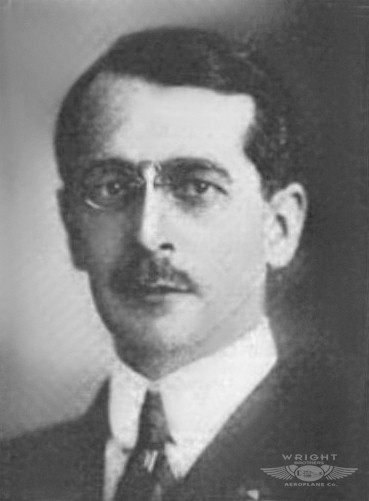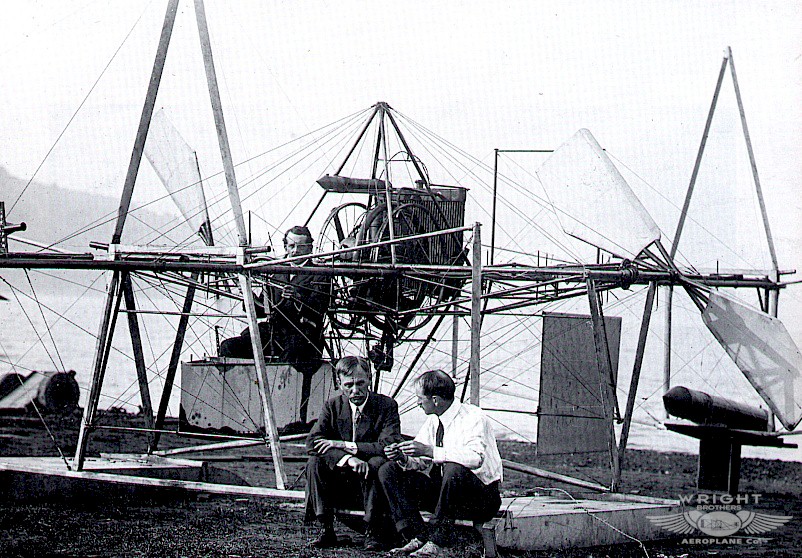Charles M. Manly
Charles Matthews Manly (* 1876, † 1927) was an American engineer and aviation pioneer, of the Smithsonian Institution built the airplane "The Great Aerodrome " on behalf of Samuel Langley in the early 20th century, a manned, motorized aircraft with wings, which, however, was unfit to fly.
Manly had with Stephen Balzer major role in the development of the revolutionary drive of the aircraft, a gasoline-powered radial engine with 5 cylinders and 52 PS, called the Manly - Balzer engine.
Manly tried twice, the Aerodrome to fly itself. The trials were held in October and December 1903. The aircraft failed both times and fell after the start of a houseboat into the water of the Potomac River. Manly was rescued unhurt, though he was trapped briefly in the second test under water. Glenn Curtiss flew after successfully using the same machine and a modified aircraft.
Manly later wrote a monograph on the machine that played down Balzers share strong. Manly also held over 50 patents related to self-propelled vehicles, power generation and transmission.
In 1929, he posthumously received the Langley Gold Medal of the Smithsonian Institution.










